Region-specific, naturally processed, and uniquely beneficial—these are the common perceptions of Fuding White Tea. There is a certain art to brewing Fuding White Tea, and the method can vary depending on the type of white tea. Choosing the most suitable brewing method will result in an even more enjoyable cup of white tea.
Types of Fuding White Tea
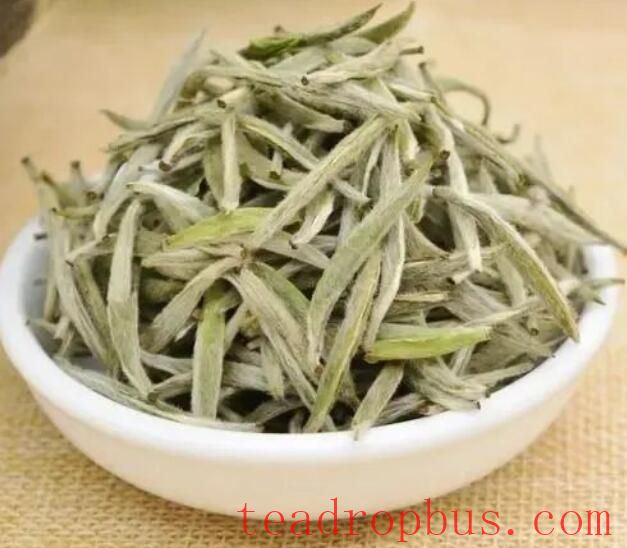
Silver Needle (Bai Hao Yin Zhen)
Silver Needle:
Silver Needle is the pinnacle of white teas. It is made from the buds of white tea plants, named for its plump, silvery-white covered buds that stand straight like needles and shine with a silver hue. When brewed, the tea liquor is clear and apricot-yellow, with a strong presence of downy aroma, a sweet fragrance, and a fresh, sweet taste that refreshes the heart and lungs. The leaves stand upright in the cup, full and pleasing to the eye.
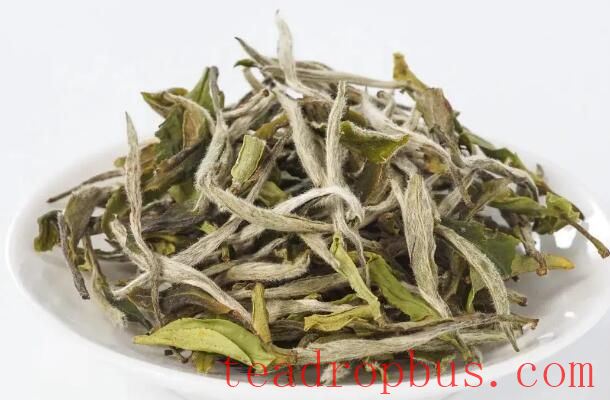
White Peony (Bai Mudan)
White Peony:
White Peony is made from the first or second leaf and bud of the tea plant. It gets its name because the green leaves with silver-white down resemble flowers, and when brewed, the green leaves cradle the tender buds, much like a flower bud about to open. The finished product has a gray-green or dark green color, with the underside of the leaves covered in bright silver down, hence the term “blue sky and white earth.”
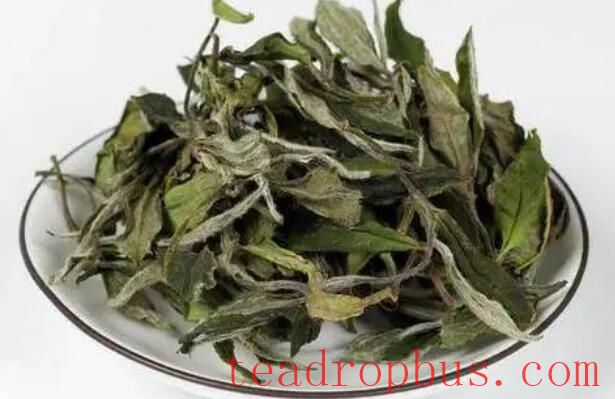
Tribute Eyebrow (Gong Mei)
Tribute Eyebrow:
Traditional Tribute Eyebrow refers to white tea made from the second or third leaf and bud of tea plants, or from vegetable tea. It is named for its slender shape resembling eyebrows. The tips still show some down, the liquor is orange-yellow or deep yellow, the leaves at the bottom are uniform, soft, and bright, and the main veins appear red when viewed against the light. The taste is mellow and refreshing, with a fresh and pure aroma.
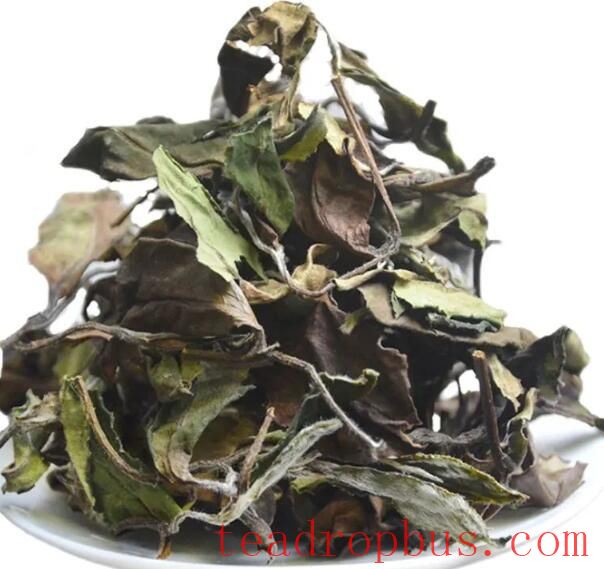
Longevity Eyebrow (Shou Mei)
Longevity Eyebrow:
Made from the tender shoots or leaves of Dahuaicha, Shuixian, or other tea varieties, Longevity Eyebrow is produced through specific processes including withering, drying, and sorting. Its color is grayish-green, the taste is rich and refreshing, and the liquor is orange-yellow.
Brewing Methods for White Tea
Brewing Silver Needle:
Silver Needle is typically made from the plump buds of Dahuaicha or Dahaocha varieties. As the tea is very tender, the water temperature should not be too high, generally around 90 degrees Celsius. Since Silver Needle is covered in down and releases its flavor slowly, the Steeping time can be extended slightly, usually around 30 seconds.
Using a lidded bowl as an example: use approximately 8 grams of tea, with water at 90 degrees Celsius. For the first infusion, steep for 30 seconds, then increase by about 5 seconds for each subsequent infusion.
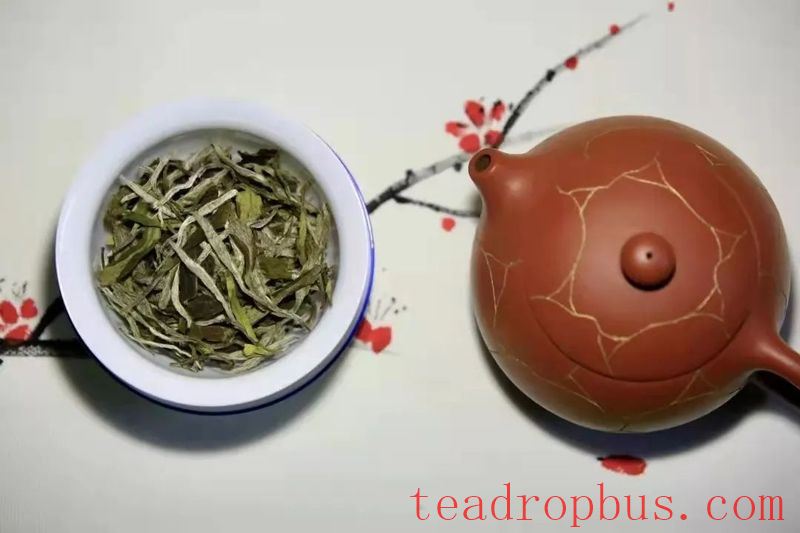
Brewing White Peony:
The raw material for White Peony is picked with moderate tenderness, usually the first and second leaves with a bud, along with some third leaves and young opposing leaves. Therefore, the water temperature cannot be too low when brewing White Peony, or else the tea will not release its flavors easily. The water temperature is generally controlled at around 95 degrees Celsius.
Using a lidded bowl as an example: use approximately 8 grams of tea, with water at 95 degrees Celsius. For the first infusion, steep for 20 seconds, the second infusion for 15 seconds, then increase by about 5 seconds for each subsequent infusion.
Brewing Tribute Eyebrow and Longevity Eyebrow:
Tribute Eyebrow and Longevity Eyebrow are primarily composed of leaves, with a rustic appearance. Their three outstanding features are their deeply reddish-brown liquor, rich and robust taste, and excellent health benefits. Therefore, the water temperature for brewing these teas can be between 95 to 100 degrees Celsius, and they can be steeped longer to fully enjoy their best qualities.
Using a lidded bowl as an example: use approximately 8 grams of tea, with water at 100 degrees Celsius. For the first infusion, steep for 30 seconds, the second infusion for 20 seconds, then increase by about 5 seconds for each subsequent infusion.
Drinking Tea is a healthy lifestyle choice, and white tea, due to its simple processing methods, retains higher nutritional value. Understanding the unique characteristics of each type of white tea and using the best brewing method will give every sip the freshest and most vibrant flavor possible.